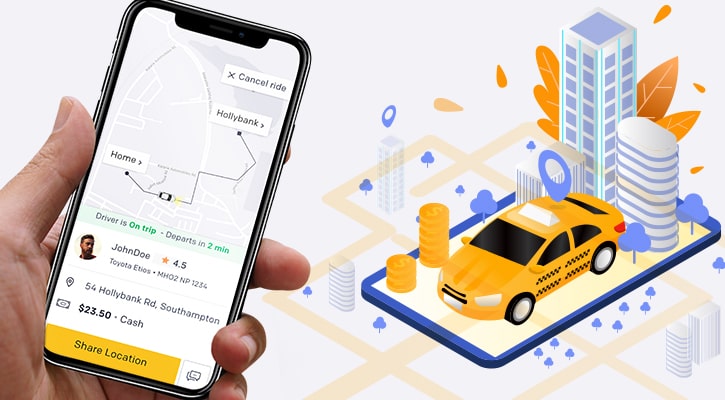In the era of digital transformation, the development of a taxi booking app has become a lucrative venture. To ensure its success and profitability, it’s crucial to adopt a well-thought-out business model that not only addresses the needs of users but also creates revenue streams. In this article, we’ll explore effective strategies for developing a profitable taxi booking app, considering key aspects from development to deployment.
Understanding the Market and Target Audience
Before you embark on develop taxi booking app, conduct thorough market research to understand the competitive landscape and identify gaps or opportunities. Define your target audience – both passengers and drivers – and gather insights into their preferences, pain points, and expectations. This research will guide your app’s features and user experience design.
Unique Value Proposition
Differentiate your taxi app from existing competitors by offering a unique value proposition. This could be a standout feature, exceptional user experience, or a specialized service. For example, you could focus on eco-friendly vehicles, luxury rides, or a commitment to safety and reliability.
Seamless User Experience
A user-friendly interface and smooth booking process are essential for retaining customers. Develop an intuitive app that allows users to book rides with just a few taps. Implement real-time tracking, multiple payment options, and features like fare estimation to enhance the user experience.
Driver Engagement and Incentives
To attract and retain drivers, implement a driver-centric approach. Provide incentives such as flexible schedules, attractive commissions, and bonuses based on performance. Happy drivers are more likely to provide excellent service, leading to positive user reviews and increased bookings.
Dynamic Pricing Model
Implement a dynamic pricing model that adjusts fares based on factors like demand, traffic, and time of day. This not only optimizes revenue during peak hours but also ensures competitive pricing when demand is low.
Multi-Channel Booking
Offer users various ways to book rides – through the app, website, or even a dedicated call center. Providing multiple booking channels ensures accessibility for all users, including those who might not have smartphones or internet access.
Partnerships and Collaborations
Forge partnerships with local businesses, hotels, or event organizers to offer seamless transportation solutions. Collaborations can help you tap into new customer segments and increase brand visibility.
Loyalty and Rewards Programs
Implement loyalty programs that reward frequent users with discounts, free rides, or exclusive perks. Building a loyal customer base is essential for long-term profitability.
Advertising and Promotions
Invest in strategic marketing efforts to promote your taxi app. Utilize social media, influencer collaborations, and targeted online ads to increase app downloads and user engagement.
Data Analytics for Continuous Improvement
Collect and analyze data to gain insights into user behavior, preferences, and app performance. Regularly update and improve your app based on these insights to ensure it remains relevant and efficient.
Conclusion
Developing a profitable taxi booking app requires careful planning, a deep understanding of user needs, and an effective business model. By focusing on user experience, driver engagement, unique features, and strategic partnerships, you can create a successful app that not only meets market demands but also generates substantial revenue. Remember, the key to long-term profitability lies in continuously adapting and enhancing your app based on user feedback and market trends.






